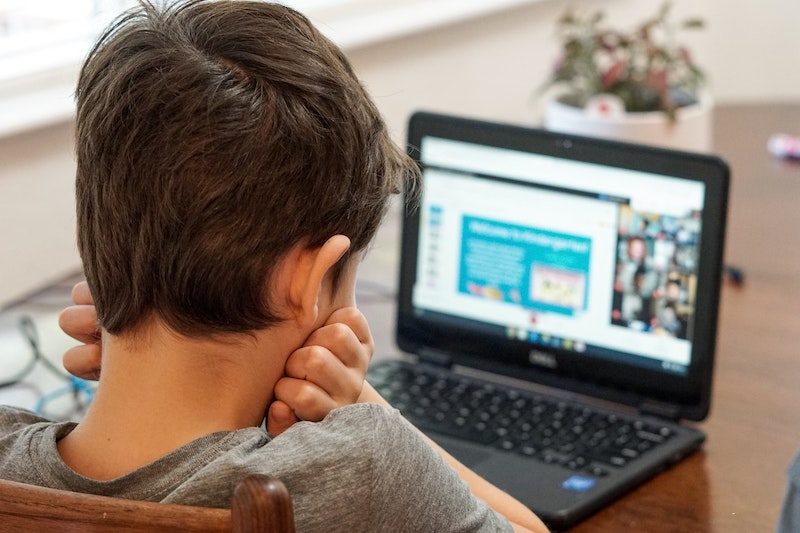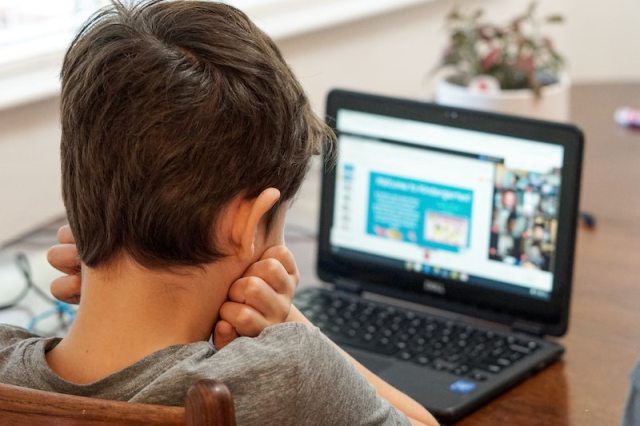
There’s little doubt the 2020-21 school year is going to present unique and unprecedented challenges for children of all ages. Educational issues will likely dominate the headlines, but the mental and social well being of our kids is equally as vital.
One important consideration with early elementary students is that a lot of their feelings of angst, anxiety, and stress just feel “bad” to them and they don’t yet have the experience or vocabulary to know exactly what they’re feeling and whether that’s okay. According to the experts, one of the best things parents can do is to help children articulate and define what they’re feeling (e.g. “you’re feeling lonely because you miss your friends”) and then explaining and modeling that students are justified in feeling so. Kids will feel a range of emotions for a variety of reasons, but defining them and talking about them is a helpful way to mitigate the stress that comes from “why am I feeling this way?”
With middle and high schoolers, the era of social distancing comes at the inopportune time when their world is supposed to be expanding. Parents should acknowledge that these students are absolutely justified in feeling shortchanged of milestone experiences like homecoming dances, basketball tryouts, and trips to the movies. They’re supposed to be feeling independence and asserting themselves as individuals and this era restricts a lot of that; they’re right to be frustrated, and an important parenting strategy is to exercise specific empathy—be present while listening to their angst and repeat back to them some of their specific concerns (e.g. “I’d be upset if I were missing an entire cross-country season, too”) so that they feel heard, understood, and justified.
For students of all ages, the era of continued distance learning is likely to come with both boredom and a lack of personalized attention in school. A school without social interactions and extracurricular activities is boring—a series of online lessons strips away the fun of goofing around during “passing time” between classes and the passion that kids have for music practice, field trips, and sporting events. So parents should look for ways to add some sizzle and socialization to the learning experience. For example, find subjects (e.g. space and dinosaurs) that kids love, and small-group meetings that dive deep into those subjects where kids get to really nurture their innate curiosity.
Personal attention is in shorter supply during distance learning too—those moments of downtime when a teacher can have a quick conversation before class or shoot a student a look that expresses “I’m proud of you” or “don’t even think about it” just don’t come up virtually. That’s when parents, or a tutor or mentor, really need to take an active role in talking to students about their schoolwork.
Kids need to sense pride when they’ve accomplished something or have an outlet to ask questions (or have someone intervene) when a concept just isn’t clicking. Unlike a school day when the time between classes and activities can facilitate so many small conversations and interactions, in an online class that click of an “exit class” button takes those interactions away, so parents will need to proactively seek personal attention.
Regardless of whether your local schools are open, using a hybrid model, or starting completely remote, make sure that you’re considering more than just the academics. After all, we can all remember back when personal interactions and social growth were just as important as the actual work.











